## A Blade That Breathes: Is a Living Sword Cooler Than Any Other?
Forget magic swords, forget enchanted blades, forget the legendary Excalibur. We’re talking about something far more primal, far more terrifyingly awesome: a sword that lives.
Polygon recently tackled the head-scratching question, “Is there any sword cooler than a living sword?” and the answer, dear reader, is far from simple. As gamers, we’ve wielded countless blades in our digital adventures. But imagine a sword that doesn’t just cut; it thrives. A sword that feels the heat of battle, that mourns the fallen, that maybe even whispers secrets in your ear.
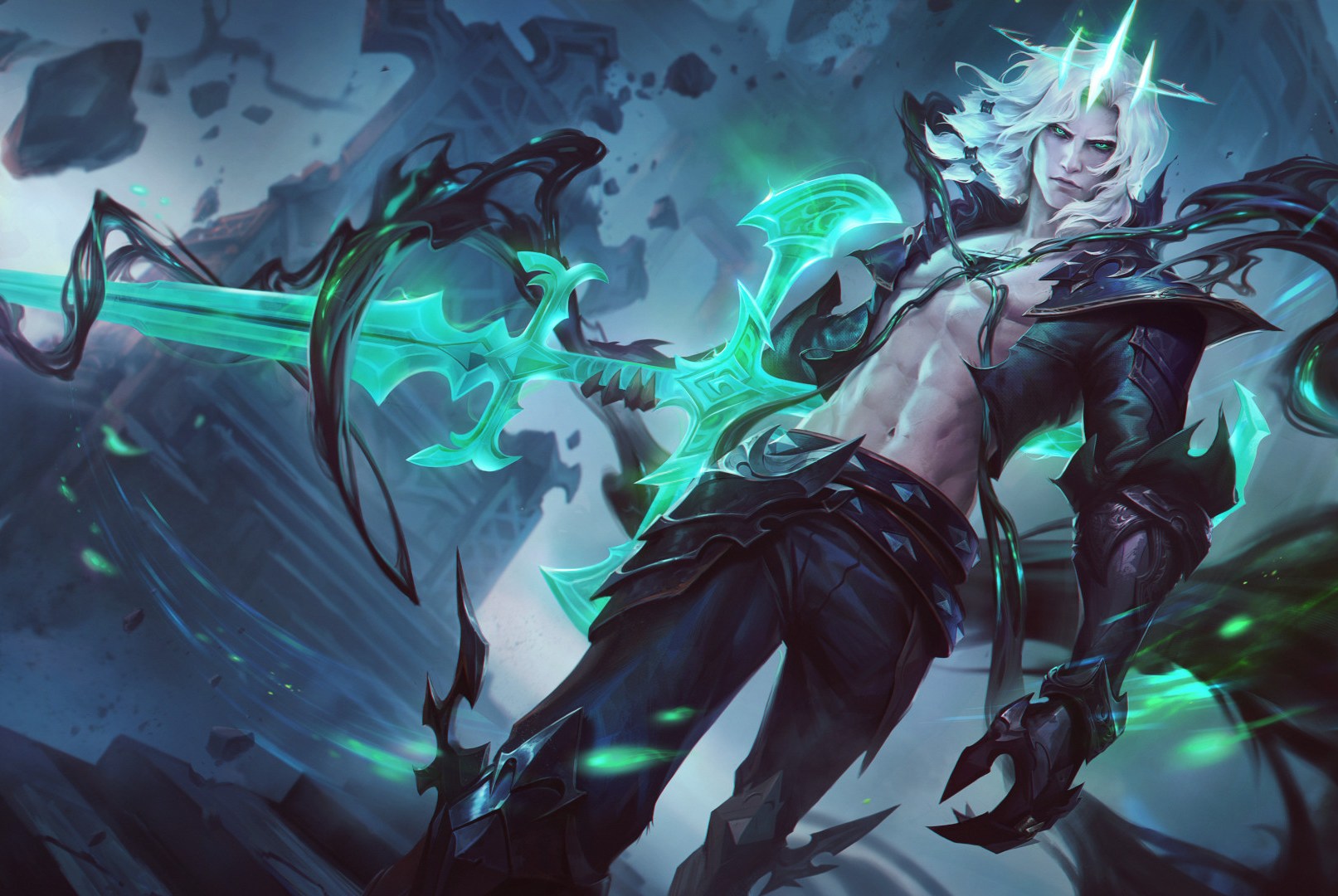
Beyond the Game: The Enduring Fascination with Swords

Swords have captivated human imagination for millennia, transcending their practical function as weapons to become potent symbols of power, honor, and even spirituality. This enduring fascination is evident not only in historical contexts but also in modern culture, where swords continue to inspire awe and admiration in diverse forms, from video games to fantasy novels to real-world swordsmanship.

The Real World of Swords
The history of swords spans centuries, with evidence of sword-like weapons dating back to the Bronze Age. From the iconic katanas of feudal Japan to the gladius wielded by Roman legions, swords have evolved alongside civilizations, reflecting technological advancements and cultural values.
While swords once held a central place in warfare, their role has shifted in the modern era. Today, swords are primarily associated with ceremonial purposes, sport, and collecting.
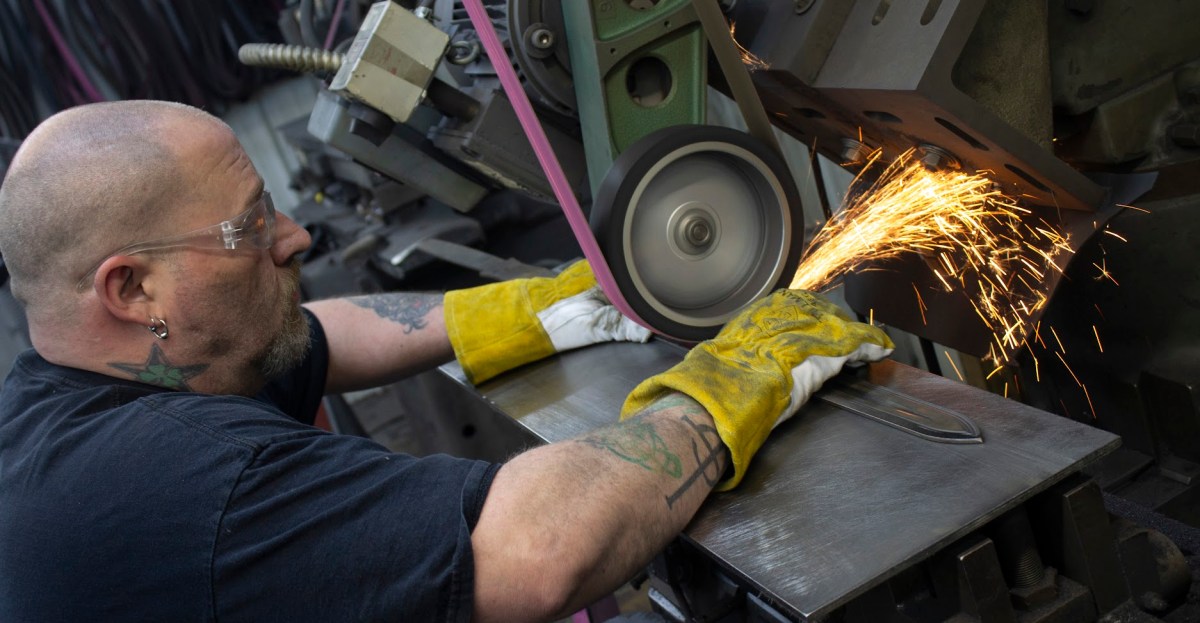
- Ceremonial Swords: Many cultures retain traditional sword-wielding ceremonies, often marking significant life events, transitions of power, or expressions of cultural identity.
- Sport Swordsmanship: Disciplines like fencing, kendo, and iaido provide a competitive and artistic outlet for sword skills, emphasizing precision, strategy, and respect.
- Collecting: Antique and historically significant swords are highly sought-after by collectors, who appreciate their craftsmanship, historical context, and aesthetic appeal.
- Symbolize Power: A legendary sword often represents the hero’s journey and their increasing strength and authority.
- Forge Connections: Shared experiences wielding a powerful weapon can create strong bonds between players in multiplayer games.
- Express Personality: Players often choose swords based on their aesthetic appeal, reflecting their in-game persona or style of play.
- Promoting safe and ethical training practices.
- Encouraging respect for historical and cultural contexts surrounding swords.
- Addressing the potential dangers of romanticizing violence associated with swords.
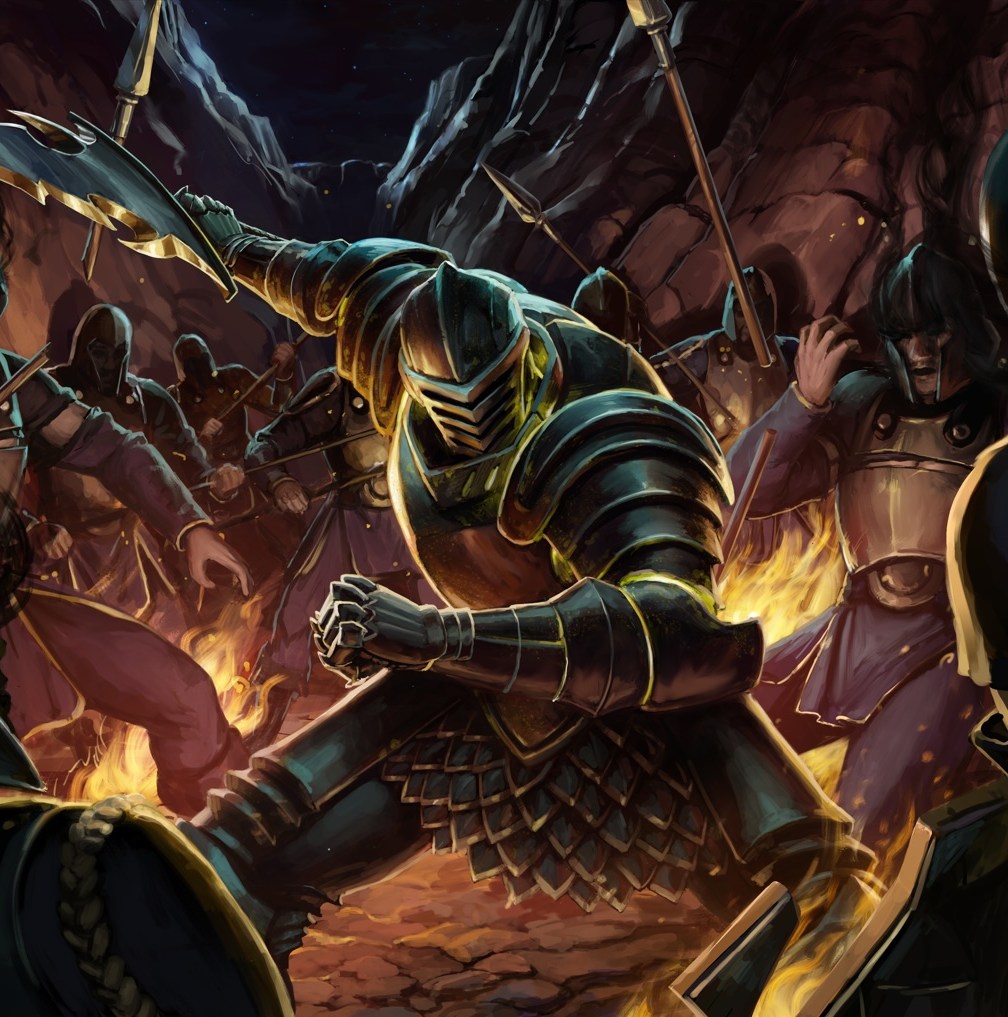
Despite their modern uses, misconceptions about swordsmanship persist. The romanticized portrayal of sword fighting in popular media often overlooks the rigorous training, discipline, and technical skill required to wield a sword effectively.
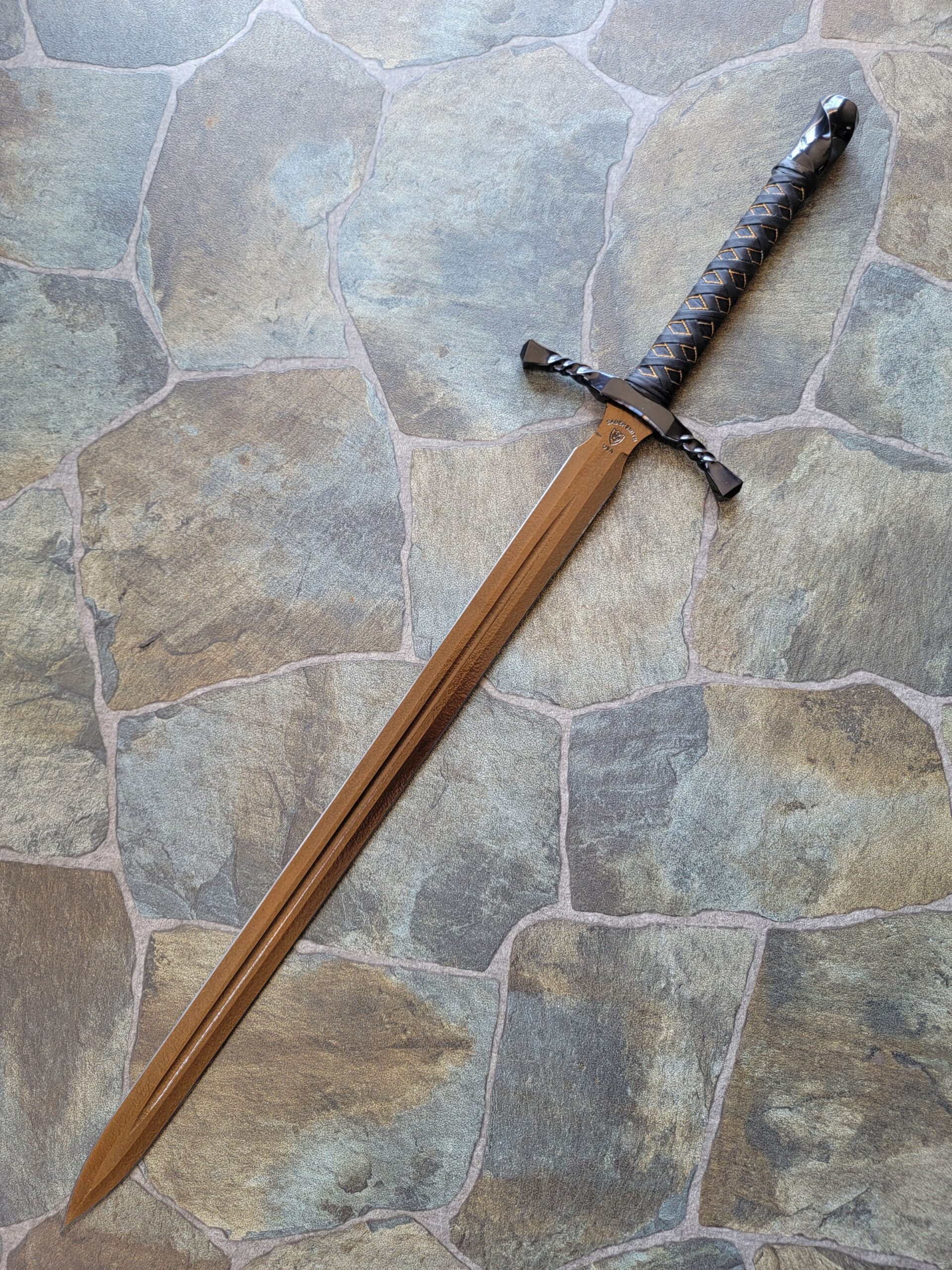
The Sword and the Gamer
The crossover between video game culture and real-world sword enthusiasts is undeniable. From immersive role-playing games to action-packed combat titles, swords play a prominent role in the gaming landscape.
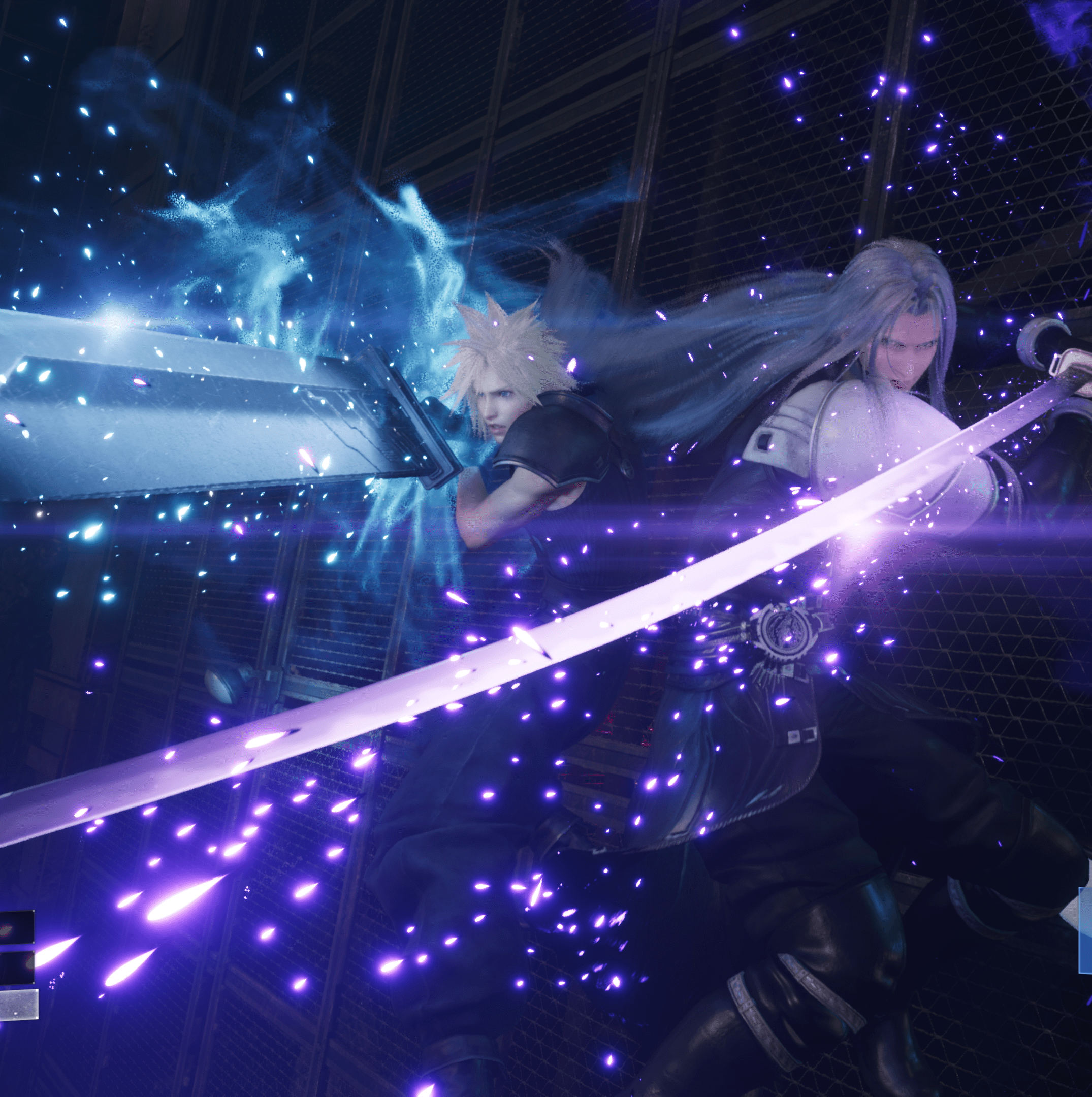
Gamestanza recognizes the profound impact that swords have on the gaming community. We’ve seen firsthand how swords in games can:
Beyond the virtual realm, swords have inspired a new generation of enthusiasts who seek to connect with the history and craftsmanship behind these iconic weapons.
However, this fascination with swords also raises important ethical considerations. Gamestanza encourages responsible engagement with real-world swordsmanship by:
Ultimately, Gamestanza believes that video games can serve as a powerful gateway to understanding the enduring allure of swords. By exploring the symbolism, history, and craftsmanship behind these weapons, we can develop a deeper appreciation for their multifaceted role in human culture.
Conclusion
So, is there a sword cooler than a living one? Polygon’s deep dive into this question unearthed a fascinating paradox. While the allure of sentient blades, imbued with supernatural abilities and wielding their own will, is undeniable, the article reminded us of the enduring power of traditional swords. Their craftsmanship, history, and the skill required to wield them remain captivating. Ultimately, the “coolness” factor comes down to personal preference and the context of the story.
The debate transcends mere aesthetics; it touches upon our fascination with the boundary between the organic and the artificial. Living swords blur the lines, raising questions about consciousness, agency, and the very nature of what makes a weapon “cool.” As technology advances, blurring the line between reality and fantasy, we may see more and more stories exploring this concept. Perhaps, in the future, we’ll grapple with the ethical implications of creating weapons with a will of their own, a chilling prospect that adds another layer to the allure of the living sword.
But for now, let us revel in the debate, in the stories that ignite our imaginations, and in the enduring power of the sword, whether forged from steel or imbued with life itself. What truly makes a sword “cool” is the story it tells, the battles it fights, and the legends it inspires.